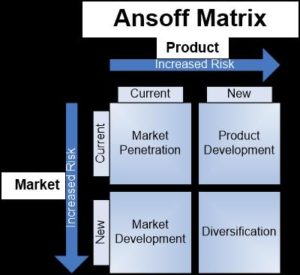| When companies want to establish a “Brand”, it conjures up the advertising-driven practice of brute-force, repetitive, mind-drilling messages. However, a brand is not limited to an image that a company wants to project, but in the mind of the customer, it is a subjective view of the combination of all direct and indirect interactions that a customer has with the company. Also, while a company may assign branding to a marketing department, a brand is actually established by a broader range of interactions with customers.
· A brand is subjective because a customer may be influenced not only by company-driven activity like advertising, brochures, websites and salespeople, but also by recommendations, casual observation of the product, experience with the product and a host of other conscious and subconscious factors. In fact, some of the interactions with the company might have profound influence and some will be ignored. A customer’s impression of a brand therefore is much less controllable and could be much closer to a minor/insignificant influence as a result of company promotion.
· Not only is the marketing-driven approach to branding a weak strategy for establishing a brand, but a company actually needs to examine all of its potential direct and indirect influences and determine if they are consistent with the brand. In his compelling book Brand Harmony, Steve Yastrow describes how companies can successfully create a singular reinforcing image of themselves, that is, the entire organization needs to think of itself as “being the brand”, in order to create comprehensive, company-wide, reinforcing image that customers will understand and believe. This means that a company should state what its brand is, and then against that standard, consider if a company activity is consistent or inconsistent with the desired projected image. While this does not guarantee that a desired image will be generated in the mind of customers, it increases the chances.
Brand is very difficult to establish and it is very perishable. Think about how a company’s image might have cost significant dollars to establish, only to be branded negatively by a single rude interaction with a company employee. Or for example, McDonald’s advertising could all be wasted on one customer if the rest rooms were not clean. A brand is subjective for each potential and existing customer. Companies need to craft a comprehensive, multi-faceted approach to influence individuals across a wide range of interactions. At the very least, every controllable market interaction and operational touch with customers should be considered as an opportunity to reinforce the brand. Though not foolproof, it is an approach that makes a lot more business sense than asking a marketing department to establish a brand, independent of everything else a company does. |


